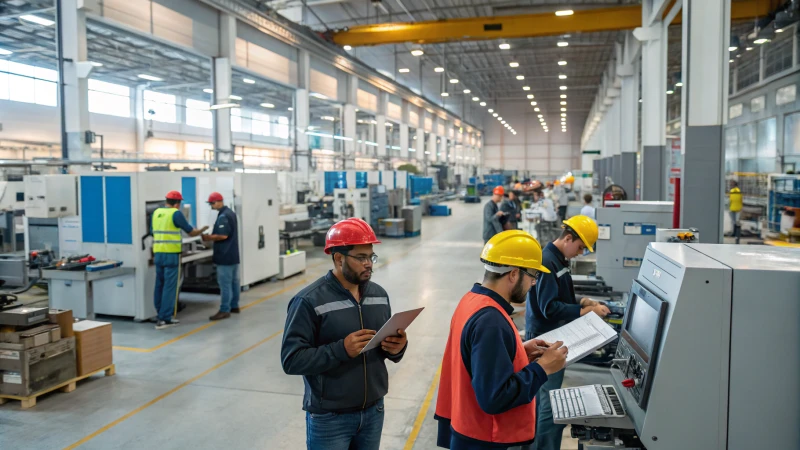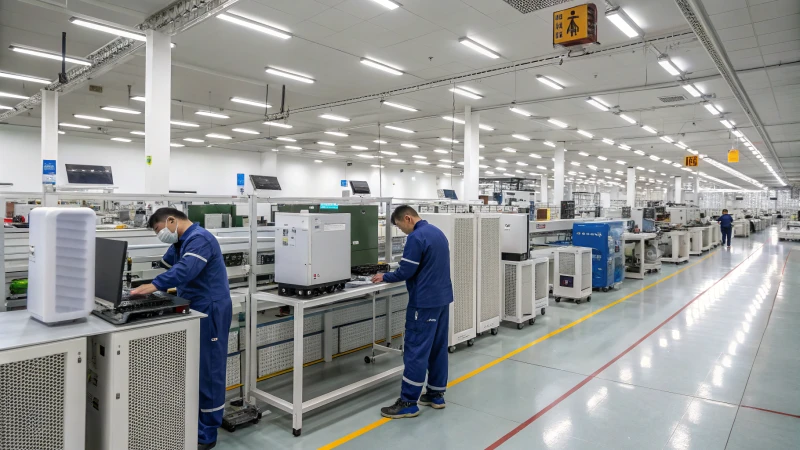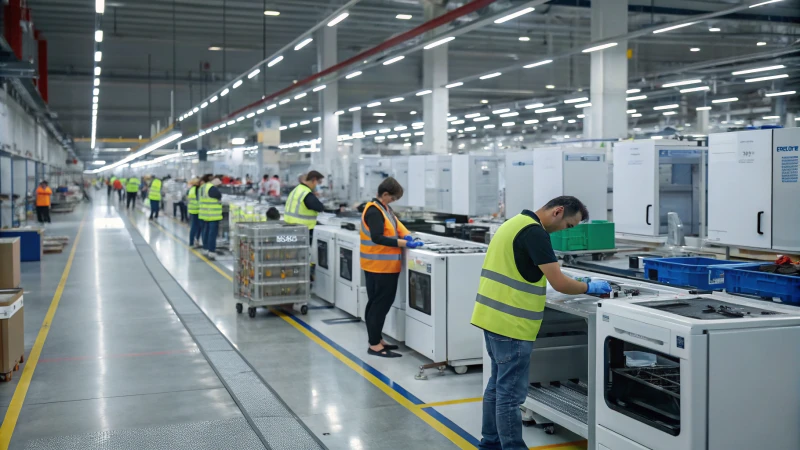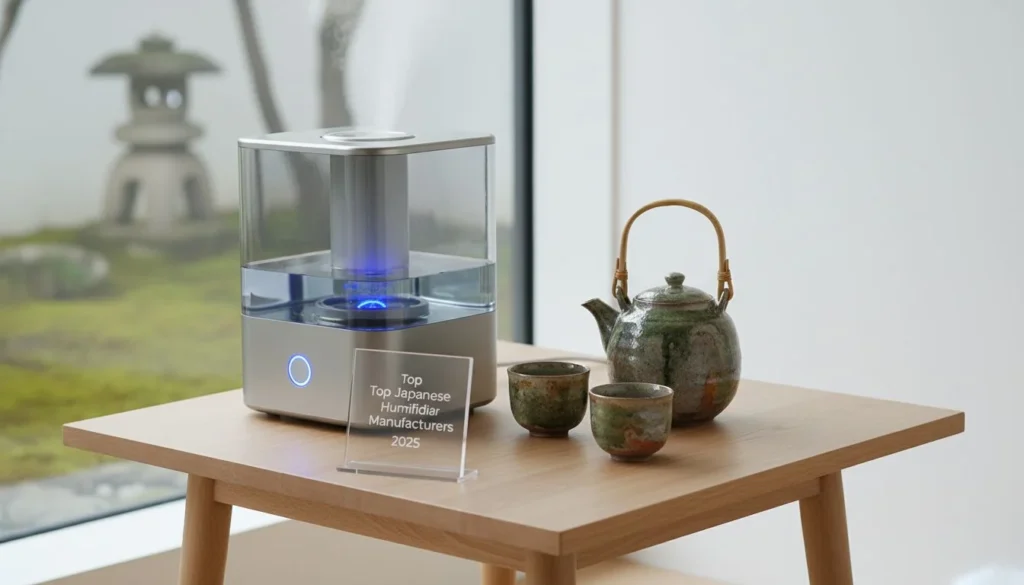The global demand for air purifiers has surged, driven by increasing awareness of air quality, post-COVID hygiene, and urbanization. This fuels innovation and agile manufacturing solutions. While mass production was the norm, a significant shift towards small-batch manufacturing offers agility, flexibility, and design control, appealing to hardware startups and DTC brands.
This evolving landscape necessitates nuanced strategic sourcing. The traditional reliance on China is being re-evaluated, with the 'China+1' strategy gaining traction. This blog delves into two emerging contenders for small-batch air purifier manufacturing: India and Cambodia. We will provide a comparative analysis, framing sourcing strategies for small-batch production, and offer recommendations for companies with varying goals.
India and Cambodia: Two Contrasting but Viable Options
India and Cambodia present distinct yet viable options for small-batch air purifier production. India, with its vast domestic market and growing industrial base, positions itself as an ecosystem builder, offering long-term scalability and market access. This attracts companies seeking a strong foothold in a rapidly expanding economy.
Cambodia, conversely, offers cost-efficiency and simplicity. Its manufacturing landscape features a straightforward, 'plug-and-play' export model, appealing to businesses focused on lean operations and international distribution. Though smaller than India, Cambodia's strategic location and economic zones offer specific benefits for certain manufacturing operations.

The Small-Batch Manufacturing Imperative
Small-batch manufacturing is a strategic imperative driven by market demands and technological advancements. For air purifiers, where innovation and rapid response are crucial, it offers distinct advantages:
- Lower Minimum Order Quantities (MOQs): Reduces upfront capital, minimizes inventory risk, and allows flexible market testing.
- Higher Customization and Design Control: Facilitates easier incorporation of specific features and aesthetic variations, crucial for niche markets.
- Agile Logistics and Faster Time-to-Market: Enables quick response to disruptions, reducing lead times and accelerating market entry.
- Emphasis on Manual Work and Craftsmanship: Often leads to superior product quality and attention to detail.
Traditional mass manufacturing incentives (e.g., India's PLI scheme) often misalign with small-volume operations. Companies pursuing small-batch strategies must evaluate locations based on suitability for agile, flexible, lower-volume production.
Comparative Deep-Dive: India vs. Cambodia
A. Cost Structure
| Factor | India | Cambodia |
|---|---|---|
| Labor Cost | Medium to High (and rising) | Low (among the lowest in Southeast Asia) |
| Tax Incentives | 15% flat corporate tax rate for new manufacturing companies; various state-level incentives | Up to 9 years tax-free for Qualified Investment Projects (QIPs), especially in Special Economic Zones (SEZs) |
| Overhead (Utilities) | Moderate, can vary significantly by region; power reliability improving but still a concern in some areas | Low, particularly within SEZs where infrastructure is purpose-built and subsidized |
Summary: Cambodia leads in cost control, ideal for startups and bootstrapped projects. Lower labor costs and attractive tax holidays offer significant advantages for small-batch operations. India's higher costs reflect its more developed economy.
B. Supply Chain & Component Sourcing
- India: Nascent local electronics ecosystem; heavy reliance on imported air purifier components. This creates friction for SMEs due to customs and lead times. Government pushes for localization, but specialized components are still maturing.
- Cambodia: Largely import-based manufacturing. Component import is streamlined, especially within SEZs, which offer simplified customs and efficient logistics for export-oriented manufacturing.
Implication: Cambodia offers more predictable component sourcing for small-batch, particularly for importing complete kits. India presents more immediate challenges for SMEs due to its less mature local supply chain and complex import regulations.
C. Infrastructure & Logistics
- India: Strong and improving infrastructure, including major ports and extensive road/rail networks. National Logistics Policy aims to enhance efficiency. LPI ranking of 38 reflects commitment to logistics.
- Cambodia: National infrastructure is less robust. However, SEZs (e.g., Koh Kong) near the Thai border leverage Thailand's superior logistics network, bypassing internal limitations for export.
Summary: India is advantageous for broad domestic distribution. For export-focused small-batch manufacturers, Cambodia's SEZs offer efficient logistics by utilizing neighboring countries' infrastructure.
D. Labor & Workforce
| Metric | India | Cambodia |
|---|---|---|
| Avg. Semi-Skilled Wage | ~$775/month (varies by region and industry) | ~$300–$500/month (significantly lower) |
| Workforce Flexibility | Lower (rigid labor codes, unionization) | Higher (Fixed Duration Contracts - FDCs) |
| Skill Readiness | Paper-qualified, needs on-the-job training. Strong engineering talent. | Less formally qualified, experienced in basic assembly within SEZs. |
Verdict: Cambodia offers easier onboarding and flexibility for basic assembly, suitable for adaptable small-batch production. Lower wages contribute to cost competitiveness. India has engineering talent but requires more training investment for specific manufacturing needs.
E. IP Protection & Business Climate
- India: Strong and evolving legal framework for IP protection (patent, trademark laws). Well-established judicial system for enforcement. Business climate improving, though bureaucratic hurdles exist.
- Cambodia: Weaker IP regime. Enforcement can be less robust, but trademark enforcement at customs is effective. Business climate is open, especially in SEZs, offering streamlined procedures. Transparency can be a concern outside SEZs.
Summary: India offers a more reassuring legal environment for highly innovative products with critical IP. Cambodia presents lower risk for products where IP is less critical, especially within well-regulated SEZs.

Strategic Trade-Offs: Which Model Fits You?
The choice between India and Cambodia depends on your company's strategic priorities, operational model, and market entry goals.
If You Prioritize Cost, Speed, and Simplicity: Choose Cambodia
Ideal for lean operations, rapid deployment, and cost efficiency. Perfect for:
- Minimum Viable Products (MVPs) and Pilot Runs: Low-cost entry for initial production.
- Export-Oriented Hardware Brands: Efficient export model.
- Bootstrapped Projects: Lower investment, attractive tax holidays, lean operations.
Best Located: Within SEZs near the Thai border (e.g., Koh Kong, Poipet) for superior infrastructure and efficient shipping via Thailand's ports.
If You Prioritize Market Access and Long-Term Growth: Choose India
Strategic choice for long-term growth and penetration of India's vast consumer market. Ideal for:
- Companies Targeting India's Domestic Market: Access to over 1.4 billion consumers.
- Leveraging Local Cluster Infrastructure: Supportive ecosystems (e.g., Noida, Pune) for growth.
- Future Localization Opportunities: Positions companies to capitalize on maturing manufacturing capabilities.
Consideration: Be prepared for a more complex regulatory environment and potentially higher initial costs. However, the strategic advantage of tapping into the Indian domestic market often outweighs these challenges.
Final Scorecard: Head-to-Head Comparison
| Decision Criteria | India | Cambodia |
|---|---|---|
| Labor Cost | 5 | 9 |
| Tax Incentives | 7 | 10 |
| Logistics (Export-Focused) | 8 | 6 (but 8 in SEZ) |
| Supply Chain Access (Small-Batch) | 6 | 7 |
| IP Protection (Patent-Based IP) | 9 | 5 |
| Market Scalability | 9 | 4 |
| Ease of Operations (for SME) | 6 | 8 |
Weighted Total (based on small-batch priority):
- India: 6.5/10
- Cambodia: 6.95/10
Note: Weighted total prioritizes factors critical for small-batch manufacturing.

Conclusion
No universal “best” choice exists between India and Cambodia for small-batch air purifier production. Each offers distinct advantages aligning with specific business strategies. Cambodia, with its cost efficiencies, simplified export model, and flexible labor, is an excellent tactical launchpad for global exports, suited for lean operations and rapid prototyping.
India represents a strategic bet on long-term growth, localization, and market capture. Its vast domestic market, improving infrastructure, and growing industrial ecosystem make it ideal for companies aiming for significant presence within India. While more complex initially, the strategic advantages for market access are substantial.
Ultimately, the decision hinges on your company’s unique needs, risk appetite, and long-term vision. Evaluate your product’s IP sensitivity, target markets, and operational priorities to guide your choice of manufacturing hub.






